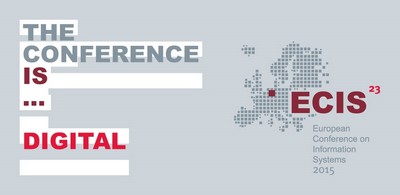DOI
10.18151/7217519
Abstract
As the employment of health information technology steadily increases the quality of care as well as the safety of patients increasingly depends on if and how information systems (IS) are used in clinical contexts. Still little insight exists in IS research about what determines and hinders the effective use of IS, especially in hospital contexts. By conducting comparative case-studies in two German hospitals, this research investigates how disruptions of the interaction between the three dimensions of usage (user, system, and task) impede the effective use of clinical systems. Although the results indicate that the impact on effective use varies across different disrupting factors, it is also shown that high degrees of effective use can only be reached when all dimensions of usage smoothly interact. This study, there-fore, shows that characteristics of user, systems, and tasks have to be simultaneously aligned in order to improve outcomes of clinical IS usage.
Recommended Citation
Weber, Michael; Gewald, Heiko; and Weeger, Andy, "Disruptions of the Tripartite Structure of System Usage: Exploring Factors Influencing the Effective Usage of Information Systems in German Hospitals" (2015). ECIS 2015 Completed Research Papers. Paper 196.
ISBN 978-3-00-050284-2
https://aisel.aisnet.org/ecis2015_cr/196


